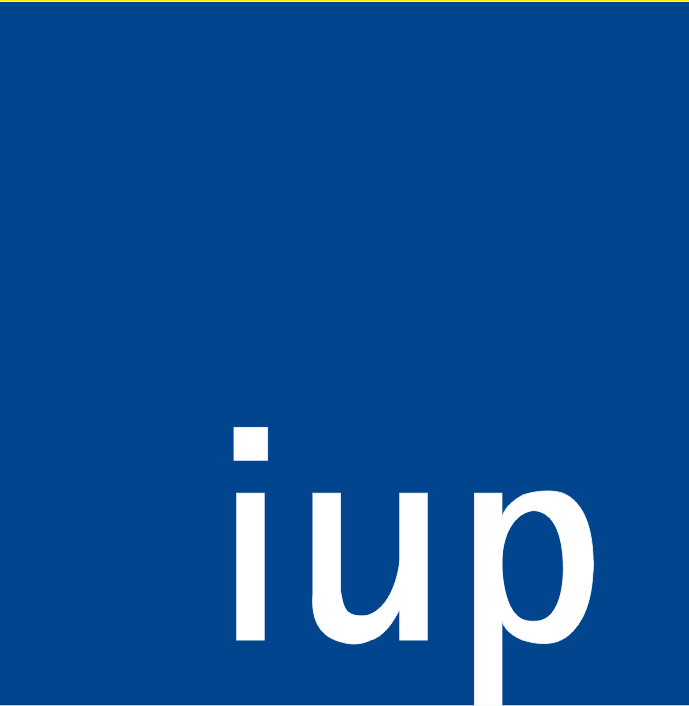Publikationen (FIS)
Anthropogenic influences on Zambian water quality
Hydropower and land-use change
- verfasst von
- R. Scott Winton, Cristian R. Teodoru, Elisa Calamita, Fritz Kleinschroth, Kawawa Banda, Imasiku Nyambe, Bernhard Wehrli, R. Scott Winton
- Abstract
The Zambezi River Basin in Southern Africa is undergoing rapid development and population growth. Agricultural intensification, urbanization and future development of hydropower dams will likely lead to a degradation of surface water quality, but there have been few formal assessments of where, how and why these changes impact specific water quality parameters based on in situ data spanning a large region. We sampled a large suite of biogeochemical water quality parameters at 14 locations in four field campaigns in central and southern Zambia in 2018 and 2019 to characterize seasonal changes in water quality in response to large hydropower dams and human landscape transformations. We find that the major rivers (Zambezi and Kafue) are very clean with extremely low concentrations of solutes, but suffer from thermal changes, hypoxia and loss of suspended sediment below dams. Smaller tributaries with a relatively large anthropogenic landcover footprint in their catchments show signs of pollution in the form of higher concentrations of nutrients and dissolved ions. We find significant relationships between crop and urban land cover metrics and selected water quality metrics (i.e. conductivity, phosphorus and nitrogen) across our data set. These results reflect a very high-quality waterscape exhibiting some hotspots of degradation associated with specific human activities. We anticipate that as agricultural intensification, urbanization and future hydropower development continue to accelerate in the basin, the number and extent of these hotspots of water quality degradation will grow in response. There is an opportunity for governments, managers and industry to mitigate water quality degradation via investment in sustainable infrastructure and practice, such as wastewater treatment, environmental dam operations, or riparian protection zones.
- Externe Organisation(en)
-
ETH Zürich
Swiss Federal Institute of Aquatic Science and Technology (Eawag)
University of Zambia
- Typ
- Artikel
- Journal
- Environmental Science: Processes and Impacts
- Band
- 23
- Seiten
- 981-994
- Anzahl der Seiten
- 14
- ISSN
- 2050-7887
- Publikationsdatum
- 07.2021
- Publikationsstatus
- Veröffentlicht
- Peer-reviewed
- Ja
- ASJC Scopus Sachgebiete
- Umweltchemie, Öffentliche Gesundheit, Umwelt- und Arbeitsmedizin, Management, Monitoring, Politik und Recht
- Ziele für nachhaltige Entwicklung
- SDG 3 – Gute Gesundheit und Wohlergehen, SDG 11 – Nachhaltige Städte und Gemeinschaften, SDG 15 – Lebensraum Land
- Elektronische Version(en)
-
https://doi.org/10.1039/d1em00006c (Zugang:
Offen)


